
We kindly inform you that, as long as the subject affiliation of our 300.000+ articles is in progress, you might get unsufficient or no results on your third level or second level search. In this case, please broaden your search criteria.

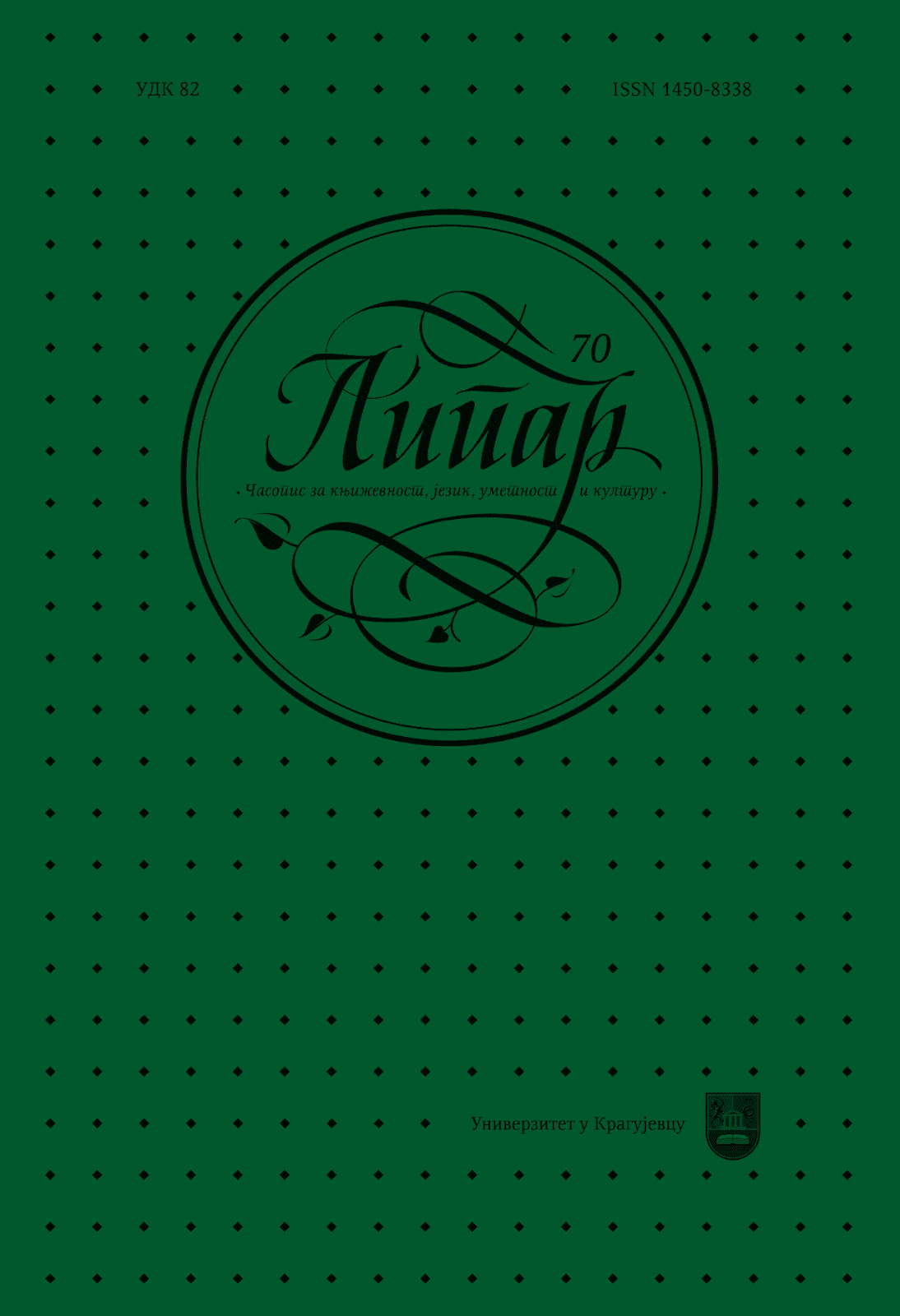

The first part of the essay deals with the conflicting opinions of vari- ous different authors regarding the place travel books should occupy in literature. It is often thought that travel books are not only a hybrid genre but that it is also questionable whether they are a genre at all. Although such a level of disagreement regarding travel books does exist, most authors point out the doubtless existence of fictional elements within them. Travel books can range from the ones which are similar to reports (grounded in facts) but are still somewhat subjective, to the ones where fictional elements are clearly dominant. Individual authors of various travel books usually displayed a tendency to take sides in disputes between the various Christian peoples of the Balkans, while there were even those who openly wrote in support of the Ottoman Turks. Although travel books represent a valuable source of facts and information, the question whether the author was objective/subjective remains unanswered. A good example of such tendencies is Black Lamb and Grey Falcon by Rebecca West, as well as Through the Lands of the Serb by Mary Edith Durham. Taking these travel books as examples, we analyse, in broad terms, the question of objectivity/ subjectivity which the reader and researcher of the Balkans must surely face. While the first travel book had received much more publicity over the years, the latter had remained rather obscure. It is an excellent example of how an author can change not only his/her initial views but sides as well, beginning at the positive pole regard- ing the Slavic population of the Balkans and eventually reaching the opposite one.
More...
Der Begriff Vergangenheitsbewältigung2 ist eines der wichtigsten Forschungsthemen in Deutsch- land, das sich zur Aufgabe stellt, den Umgang mit der deutschen Vergangenheit des 20. Jahr- hunderts zu erforschen. Dabei wird der Begriff namentlich in Verbindung mit der Aufarbeitung der nationalsozialistischen Vergangenheit gebracht und ist somit insbesondere seit den 60er Jahren3 als einer der zentralen Begriffe in die öffentlichen Debatten gerückt. Ein wichtiger Forschungsaspekt stellt die Auseinandersetzung mit dem Holocaust4 an den europäischen Ju- den und die damit verbundenen nationalsozialistischen Verbrechen dar, dem, insbesondere im Hinblick auf die noch wenigen Zeitzeugen, besondere Aufmerksamkeit geschenkt wird. Unter diesem Gesichtspunkt will der Artikel die Schwierigkeiten bei der literarischen Aufarbeitung der NS-Vergangenheit durch die Zeitzeugen5 exemplarisch behandeln. Das Augenmerk liegt dabei auf dem Verhältnis zwischen dem Erinnern und Fiktion. Als Basistext dient dabei das 1995 beim Suhrkamp Verlag veröffentlichte Buch Bruchstücke. Aus einer Kindheit 1939–1948.
More...
The essay is based on postcolonialism and it questions the correlation between official history and the process of dehumanisation by which economically dominating structures endeavour to devaluate other historical perspectives, defy- ing their own versions. Thus, a persistent attempt of imperial forces to impose aˈpatriarchalˈ version of history, as Fredy Perlman would say it, is identified. This eurocentric attempt of outcasting others, is defied by many social critics, such as Brazilian pedagogue Paulo Freire, and American academic, Arab from Palestine Edward Said, as well as writers of alike convictions, for example Eduardo Galeano from Uruguay, and Puerto Rican Jew Aurora Levins Morales, who are proposing hu- manism that Europe has betrayed throughout its history and its betrayal disguised cunningly. Despite the proclamations of these authors that such an one-sided history should be urgently revised, the tendency of overwriting the already accepted parts of history that do not correspond to the interests of the West, doesn’t cease. The afore mentioned process of overwriting (and fabrication of) history refers either to literal doodling over the pages that testify of bloody and genocide concerning events or to a victory of conquered nations over fascism. To the dates which (co)memorate mentioned events, a new aureole is assigned that celebrates new alliances within imperialistic culture. This essay displays the theories to which the empires strive in order to ̎colonize the mind̎ (Thiongo) and ̎dehumanize the oppressed ̎ (Freire), in order to achieve their own economic goals and to preserve the power. It also offers an insight into the mechanism of defence, available to the oppressed so that they can preserve their own history (and culture), and by doing so, their humanity as well.
More...

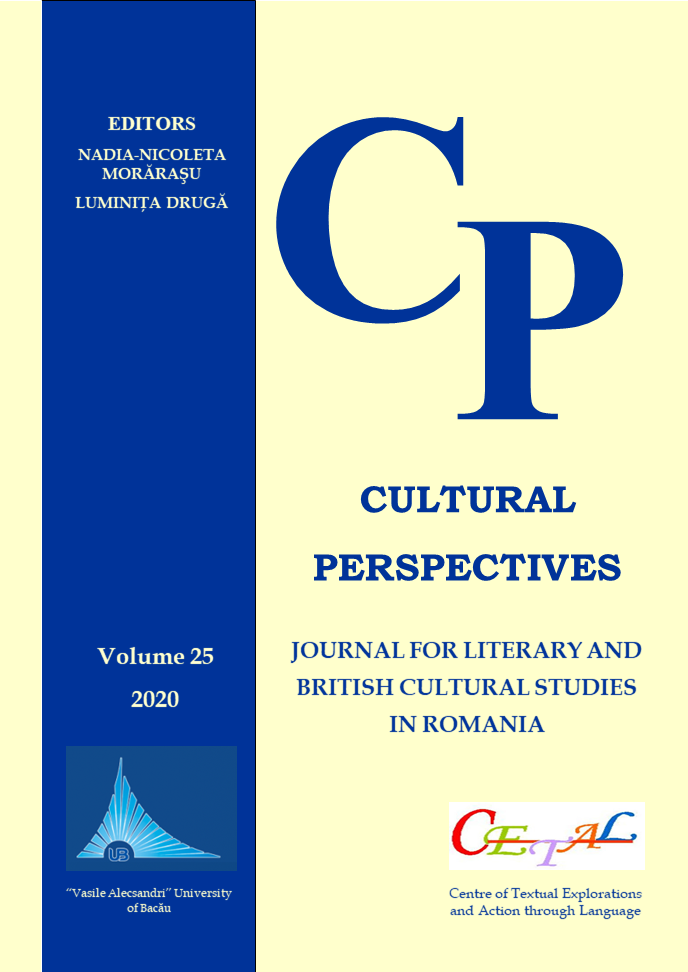
Shobha Rao’s An Unrestored Woman: And Other Short Stories (2016) sheds light on gendered traumas that span decades as they adopt new forms: from the often neglected figure of the abducted woman in post-Partition India to sexually abused girls in 1980s New York, to name a few. Most of the female characters in the collection face a suppression of their agency enforced by legal dictates and patriarchal attitudes. This evinces the sharp contrast between everyday reality and social constructions which, despite being meant to create a sense of community, exclude some of the intended members. By drawing on Agamben’s theorisation of potentiality (1999), and through the analysis of two of the short stories—“An Unrestored Woman” and “Unleashed”—, it will be argued that being part of a group is not so much a result of yielding to pressure as it is of realising and subverting imposed circumstances. Characters on a quest to fulfil their potential will ultimately demonstrate that, in the absence of social cohesion, individuality and the exercise of free will are essential for belonging.
More...
Literary works have contributed a crucial role to the manifestation of the dominant themes of the time and the era to which they belong. Each writer and each work has a special orientation in its approach to convey the intended message. This article, having as its approach context and metacontext analysis of the text, scrutinizes Harper Lee’s novel To Kill a Mocking Bird in order to assess the writer’s tact in the illustration of specific issues through the manifestation of their cultural, historical, and religious context and background. Through the introduction of these materials, this study has also tried to answer the question concerning the manner in which the writer has captured the theme of racism via the projection of the unseen, unfathomable, and the unobjectionable information of the mentioned origins to touch upon our consciousness and arouse sympathy towards the humanitarian crisis practised at that time. The article reveals the plausibility of the interpretation of the novel based on religious, historical, and cultural background references. It renders the fact that Lee contributed a significant share to the illustration of such themes as racism and inhumanness at that time and stands as a landmark of inspiration for others as well.
More...
This paper deals with a classic of American literature, a master of the short story and poetry, a literary critic who demanded seriousness, professionalism and high standards of literature – Edgar Allan Poe – along with his contribution to literature in his native Appalachia and to world literature, and the way his literary legacy has been cherished in modern times and seen from different cultural perspectives. The paper will also shine additional light on the way the literary works of the “Tomahawk Man” influenced new generations of artists.
More...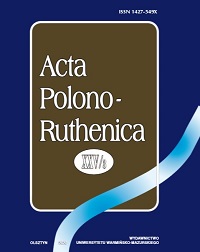
The starting point of the paper is to assume that Lenin’s image functions as a pop culture icon. Consequently, the basic purpose of the present text is to try to answer the question about how to create and present the image of the head of the Bolshevik Revolu-tion, as well as about its function in Russian and Polish science-fiction works. The research material includes five fantastic stories: Andrei Lazarchuk, The Mummy, Andrei Stolarov, The Mummy, Andrzej Pilipiuk, Lenin, Lenin 2. Something survived, Cane Fields. Based on the analysis of the works, it can be inferred that Russian authors are definitely more (despite the presence of humorous accents) directed at reworking trauma and anticipating future events with an apocalyptic overtone. In the case of Andrzej Pilipiuk, this element is not there − Lenin’s image is exclusively satiric and grotesque, lacking the features of a realistically life-threatening monster. It seems that Russians are still living “in the shadow” of the Chief and trying to work through the trauma of communism. In the works of Andrzej Pilipiuk, Lenin’s painting (while maintaining all of his constitutive qualities) carries no real threat of returning to the dramatic past and successfully functions as a relic of the past and one of the icons of pop-communism.
More...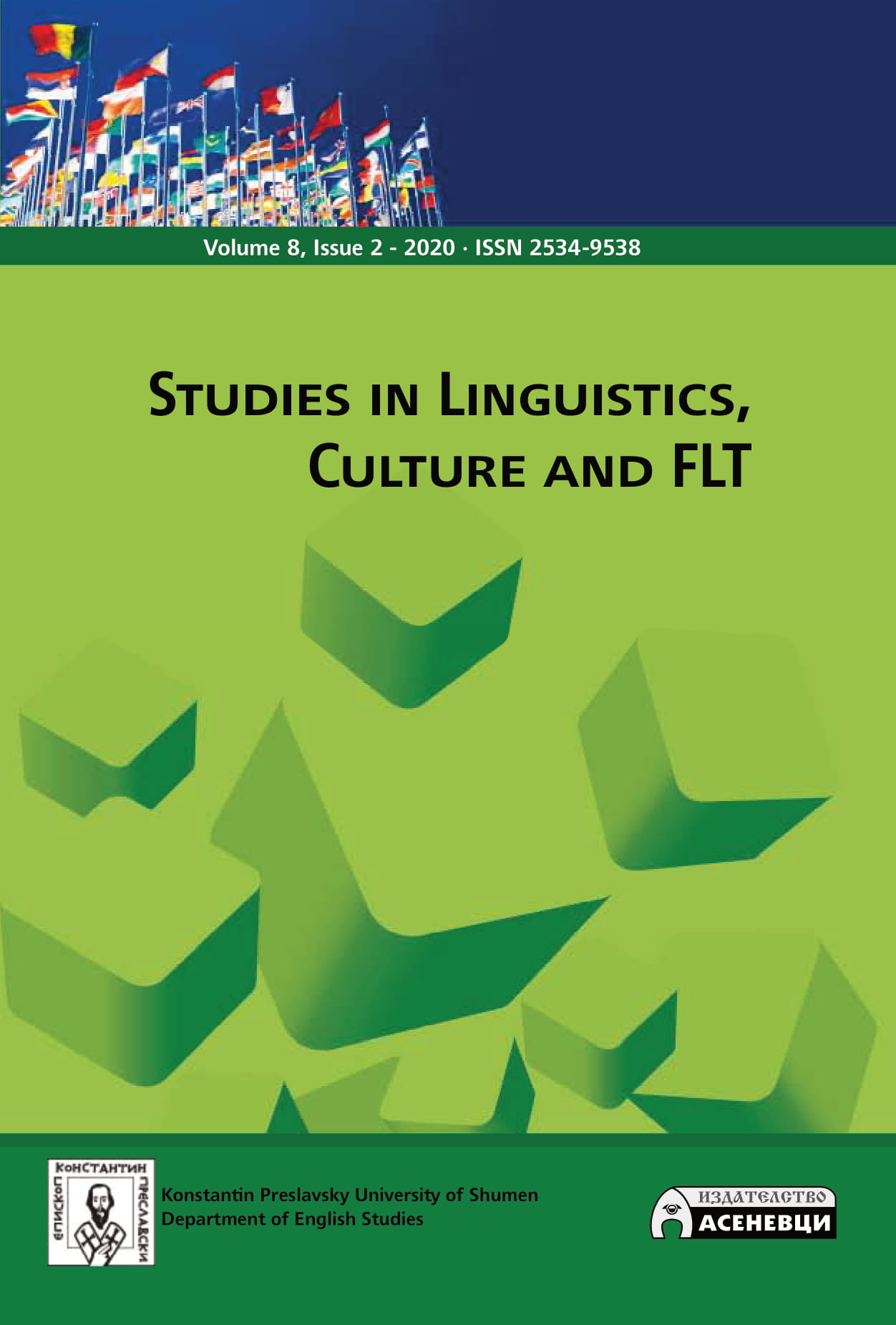
In this twofold study, I will focus on the exilic/ diasporic Nigerian-born black British author Ben Okri as a postcolonial author reflecting the issues of postcolonial literature in his novel The Famished Road from a translational point of view. I will first discuss the qualities of the exilic/diasporic experience in postcolonial literature in terms of theme, style and language use; language is the key element in postcolonial literature which reflects the hybridity of cultures and the hybridity of the language used in postcolonial texts, which is closely associated with the translation challenges of a postcolonial text into a culture which is alien to postcolonial experience. My aim in this study firstly will be to discuss whether the novel The Famished Road which displays the characteristics of a postcolonial text in terms of style, themes and the hybrid language use avails itself with all its generic qualities in the Turkish translation and creates the same effect and impressions on the Turkish reader in terms of voicing the postcolonial experience as it has on the English reader and, secondly, how the generic qualities are transferred into the language of a culture which does not possess a similar literary or cultural medium.
More...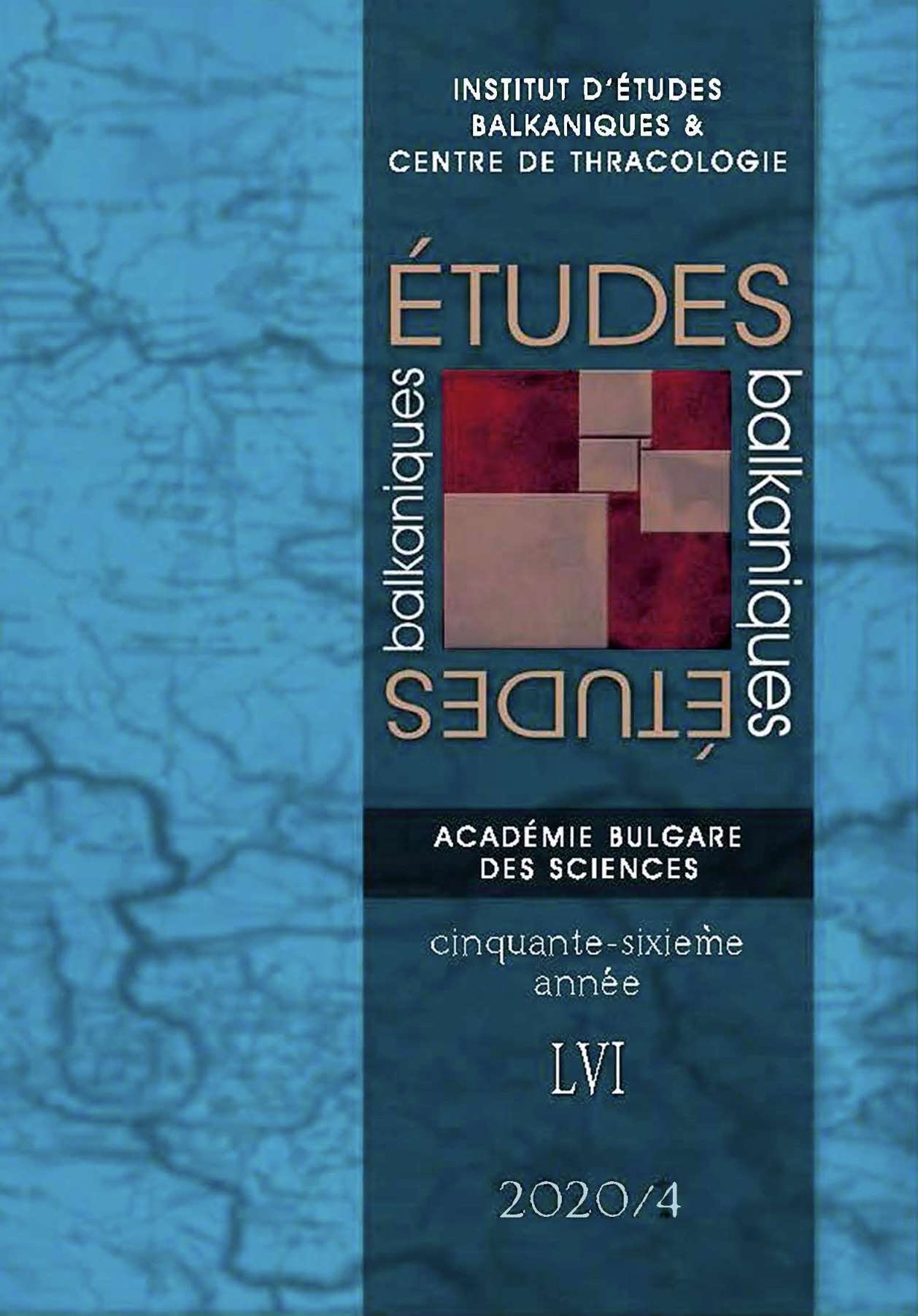
In Eastern European folktales, the supernatural adversary appears often in form of a dragon, a snake or a giant. The same fantastic figures have symbolic meanings in Christian religion too. The article gives an account of Georgian and Bulgarian folktales, demonstrating pre-Christian and Christian thoughts in folk narrative tradition on the example of fairy-tale characters Dev (Giant in Georgian and Bulgarian folktales), Gvel-veshapi (Dragon in Georgian folktales), Zmej and Lamja (Snake in Bulgarian folktales). Because fairytales include elements of the nature-based religions of the ancients, it stands to reason that Christian religion is also reflected in them. An overview of folkloric materials outlines the characteristics, constants and variables of the mythological and Christian images of snake, dragon and giant as well as pagan folkloric transformations of the folk beliefs in these beings. This article presents a comparison of the typology of Georgian and Bulgarian folktales in context of their cultural traditions.
More...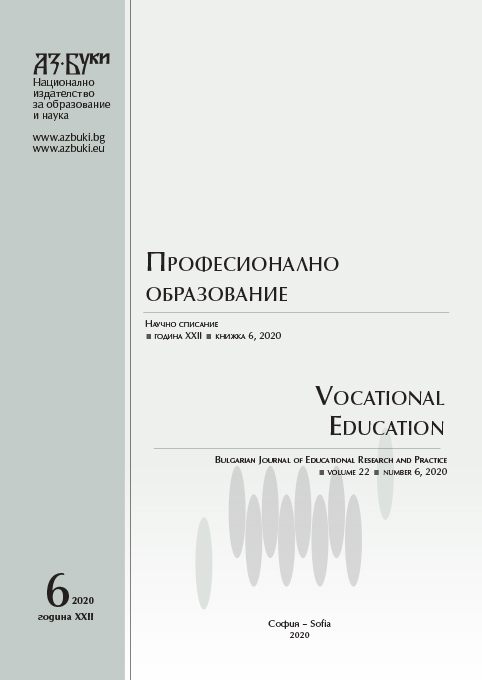
This is a short visit (too short), a preview of the 20th century’s poetry women. This is a secret place of expedition and learning. But can we ever actually find and understand the secrets of the woman? Femininity in its tender power, the feminine beginning as a form of life and future - the poetesses of the 20th century are asking many questions, giving some terrible and sensual confessions, prepare literature for its flowering. Are we ready for them? Are we ready for their roads and truths? This work is just a little piece of the world of the Bulgarian poetry, created by a woman’s feather of the 20 th century.
More...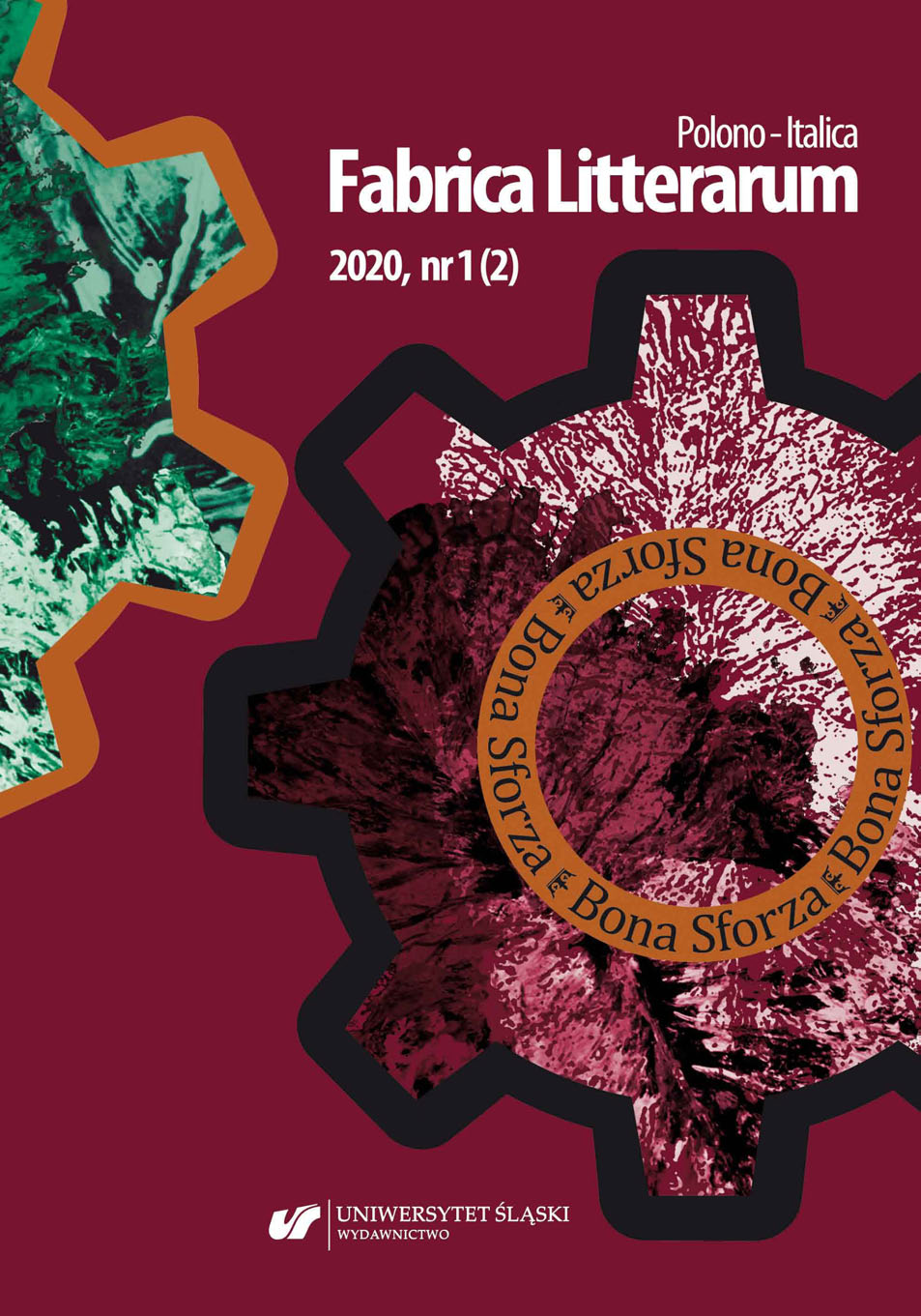
The book is the commentary of the second trip that Tommaso Fiore made to Poland in 1953. He enthusiastically confronts what he considers enormous progress compared to his first stay (1948) with and, speaking with some representatives of Polish society, he explores various topics such as agriculture, the state-religion relationship, the freedom of intellectuals. A rare and detailed account of what was the Poland of the Fifties seen through the eyes and categories of a great historian.
More...
The article aims to present the work of Daniele Stasi regarding the birth of Polish nationalism. The book was published in 2018 in Italian by FrancoAngeli as Le origini del nazionalismo in Polonia. The author puts forward some theses concerning the process of national building in the period preceding the partitions of Poland, which represents terminus a quo for his analysis of the ideologies related to the national issue and rebirth of Polish state. Terminus ad quem of the author’s analysis is Roman Dmowski’s Myśli nowoczesnego Polaka. Based on rich and interdisciplinary literature, Stasi’s work aims to fill the gap in Italian historiography, related to the birth of Polish nationalism.
More...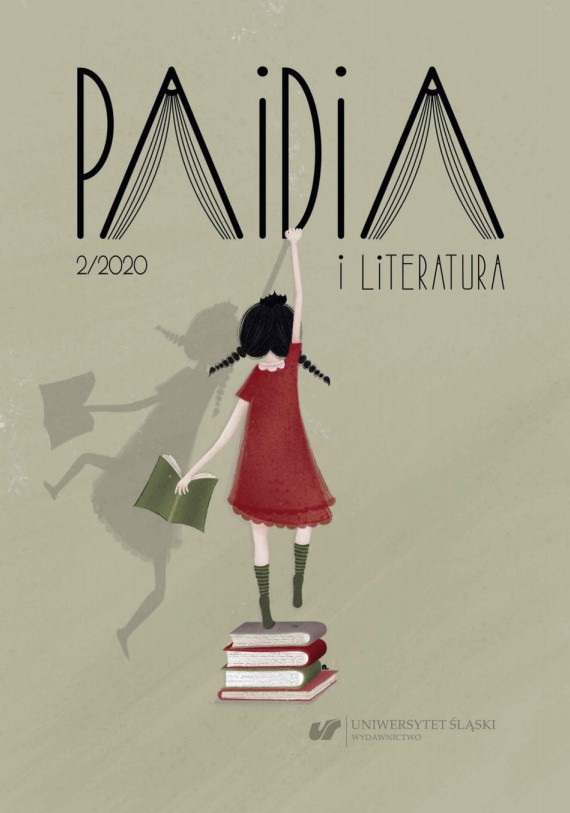
The article analyzes the alienation of the main character of the manga series Death Note, who owns the Death Notebook referred to in the title. The said notebook allows to kill any person. Drawing upon the theses of Michel Foucault related to the rights of monarchs of bygone times to condemn individuals to death, and to ritualizing death itself, the author of the article shows Kira as a continuator of the said monarchs. The motif of death from the hands of another person is indicated as a form of revenge for harms suffered by one, based on considerations by Jean Baudrillard. The text also aims to show that comic books are not just entertainment for the masses, but can convey serious content instead.
More...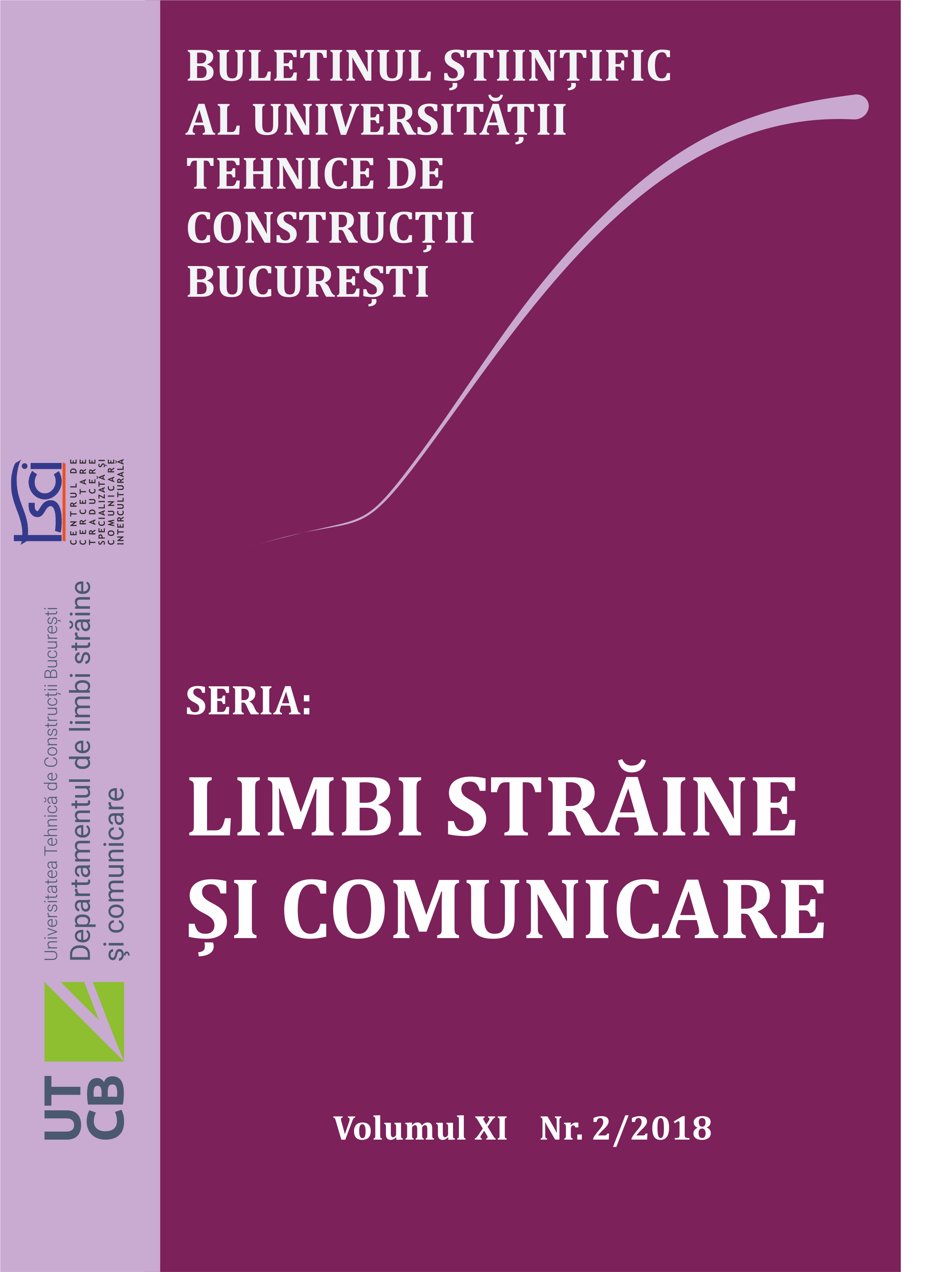
The time of Romanian language lectureships in the Italian peninsula coincides with the interwar period, that is the moment that marks the most intense phase of the Romanian- Italian mutual relations. Claudiu Isopescu, the creator of the Romanian lectureship in Rome in 1926, was an important protagonist in the history of Italian-Romanian cultural exchanges of the 20th century. Among his fundamental initiatives that he developed between 1926-1956, which aimed at promoting Romanian culture in Italy, are worth remembering: the Romanian language library founded at the department of La Sapienza, the translations of Romanian works into Italian and his research activity. With his entire scientific and cultural activity, the Bukovinian professor contributed to the knowledge and spiritual rapprochement of the two peoples who have preserved many affinities.
More...
The following article discusses particular problems concerning the acceptability of a category of statements regarding fictional literature, i.e. those comprising fictional terms. Some theoretical prerequisites of an established institutional literary scholarly treatment of fictional literature are outlined. It is pointed out that this theoretical background allows the distinction between acceptable and not acceptable statements in consideration of fictional literature. It is argued that, given this theoretical framework, the use of expressions mentioning fictive characters that occur in literary texts and referring to fictional structures should be considered acceptable. The use of expressions referring to fictive characters should not be considered acceptable. “Fictional” is used in this article when meaning
More...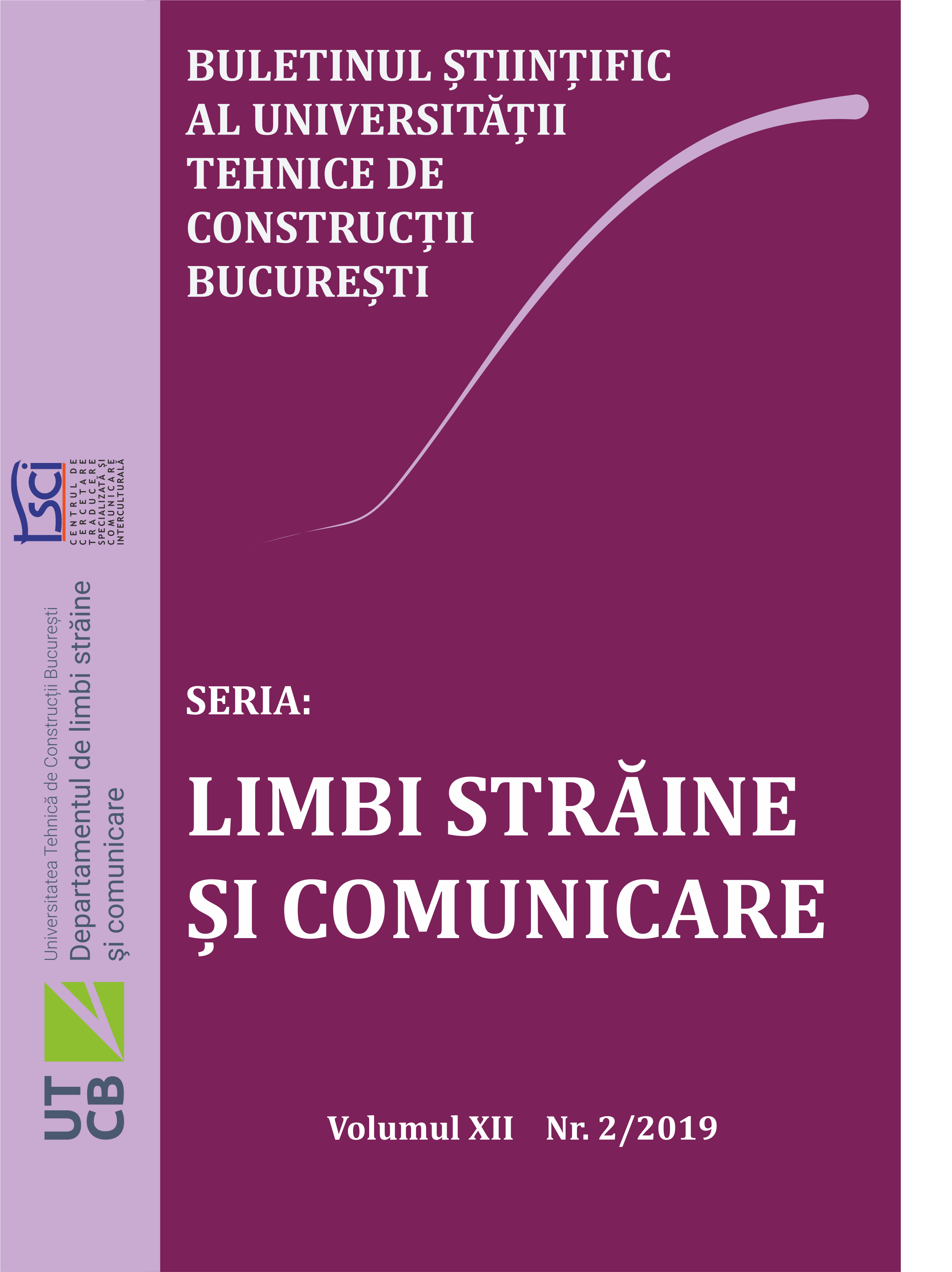
The world we live in tries to meet the needs of people who want to discover, learn and know. Contemporary ideals lie in creating a broad identity, with cultural and religious specificity, to represent the starting point for spiritual enrichment in the world. Human evolution aims for a balanced society, in which certain values predominate, giving the possibility of equal opportunities, without distinction of race, ethnicity or religion. For this, literature is always a means of reflecting the world in all these faces. In this vision appears the myth that we perceive as being a component part of the human imagination, but it is advisable to foresee that the word myth sometimes used in an abusive way establishes interfits. This explains the existence of an important connection with taboos and prejudices.
More...